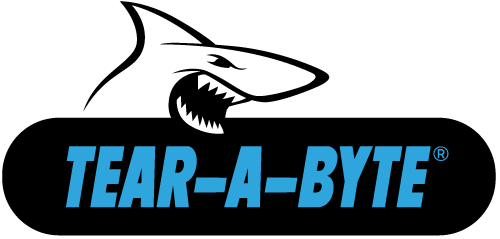
Ensuring the security of end-of-life data-bearing devices (DBDs) involves more than just physically destroying the hardware. For true compliance with NIST 800-88 standards, organizations must conduct data destruction onsite, using both a sanitizer and a verifier, and maintain proper documentation through a Certificate of Destruction (COD).
Why Onsite Data Destruction and Proper Certification Matter:
Proper onsite data destruction, verification, and documentation are crucial for compliance and security. Here’s why:
Importance of Compliant Certificates of Destruction:
Many Certificates of Destruction (COD) used in the United States do not meet NIST 800-88 standards. A compliant COD should include the names and signatures of both the sanitizer and the verifier, along with specific attributes that align with NIST standards. This ensures accountability and traceability of the data destruction process.
Role of Verifiers in Data Destruction:
Verifiers play a critical role in ensuring data destruction is done correctly. Unfortunately, many organizations neglect this step unless specifically required or audited by customers. Proper verification ensures that the data destruction process is thoroughly checked and compliant with industry standards, reducing the risk of data breaches.
Tracking Data Bearing Devices:
Effective tracking of DBDs to NIST 800-88 standards is often overlooked. Proper tracking ensures that every device is accounted for and destroyed according to the required protocols. This meticulous tracking is essential for compliance and security, preventing any data from slipping through the cracks.
Key Takeaways:
- Ensure your Certificates of Destruction are compliant with NIST 800-88, including sanitizer and verifier signatures.
- Implement a verification process to confirm that data destruction is executed correctly and meets industry standards.
- Track all data-bearing devices meticulously to ensure they are destroyed according to NIST 800-88 protocols.
Complying with NIST 800-88 standards for data destruction requires thorough onsite procedures, verification, and proper documentation. These practices not only ensure compliance but also enhance the security of sensitive information. Stay tuned for our next post, where we’ll explore the specific methods of data sanitization and how to implement them effectively.









